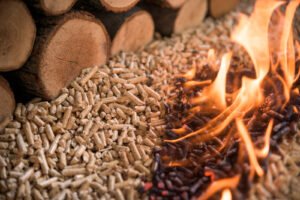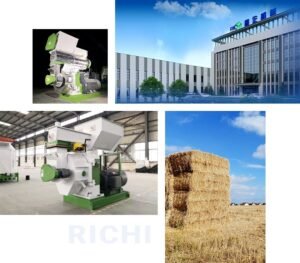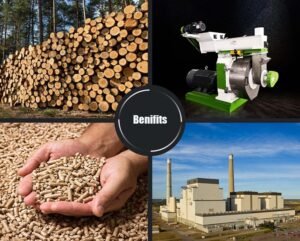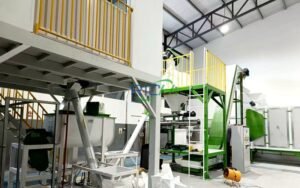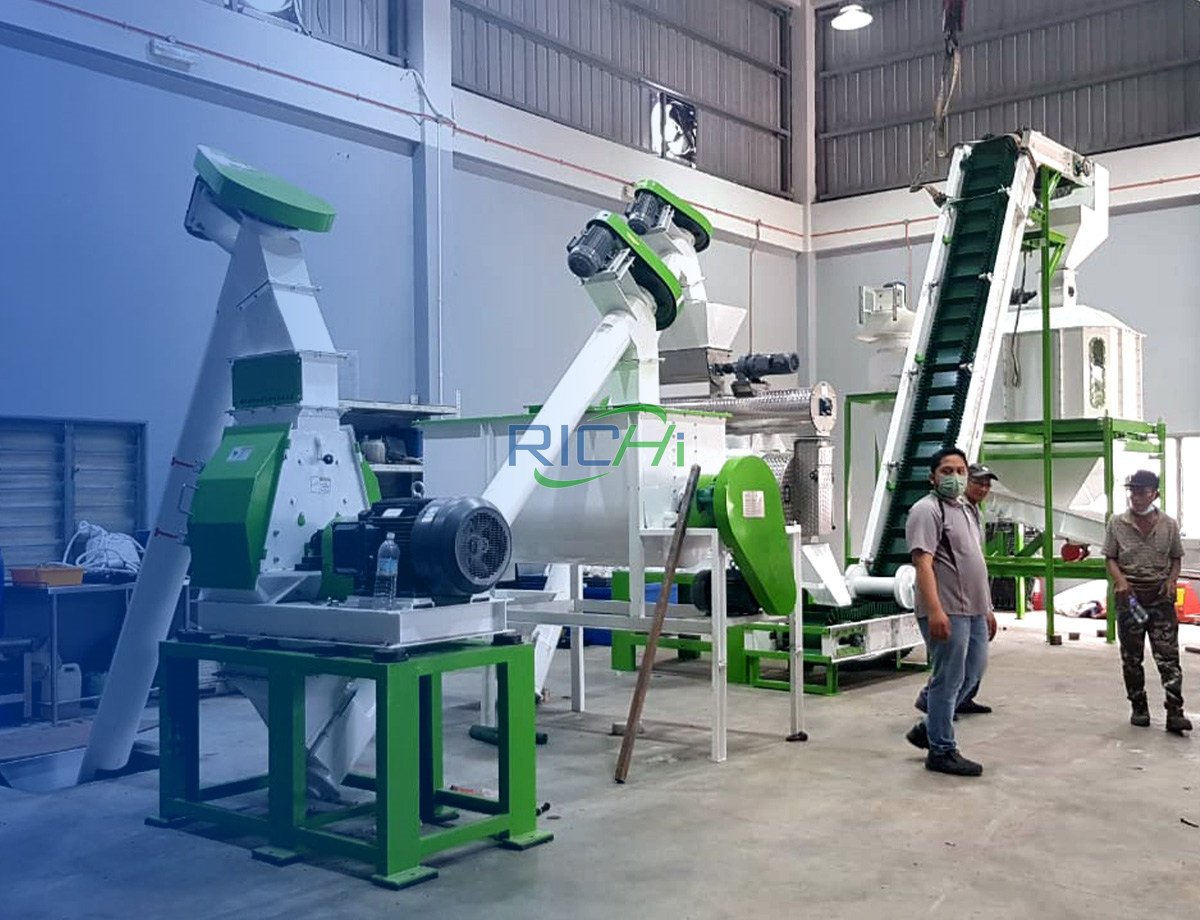
A 3-4 tons per hour (T/H) animal feed manufacturing machine is a comprehensive system that includes various components to efficiently process raw materials into high-quality animal feed pellets. These machines are designed to handle large production volumes while maintaining consistent quality and minimizing operational costs. The main equipment in a 3-4 T/H animal feed manufacturing machine includes:
1. Raw Material Handling System
- Bucket Elevator: Used to lift raw materials from storage to higher levels in the plant. For a 3-4 T/H capacity, a TDTG48/18 bucket elevator is commonly used.
- Screw Conveyor: Transports raw materials horizontally between different processing areas. TLSS20 and TLSS25 screw conveyors are suitable for this capacity.
- Weighing and Batching System: Accurately measures and combines the required raw materials for each batch of feed. This ensures consistent nutrient content in the final product.
2. Grinding and Mixing System
- Hammer Mill: Crushes grains and other raw materials into fine particles. A 22-55 kW hammer mill is typically used for a 3-4 T/H plant.
- Ribbon Mixer: Blends the ground materials uniformly to create a homogeneous mixture. A SLHJ1000 ribbon mixer is suitable for this capacity.
- Magnet and Sieve: Removes any metal contaminants and oversized particles from the ground material.
3. Pelleting System
- Conditioner: Conditions the feed mixture with steam and water to improve pellet quality and durability. A TZLG32*150 conditioner is commonly used.
- Pellet Mill: Compresses the conditioned feed mixture into pellets. An SZLH320 pellet mill is suitable for a 3-4 T/H capacity.
- Pellet Press Die: Determines the size and shape of the pellets. Different dies can produce pellets ranging from 2-8 mm in diameter.
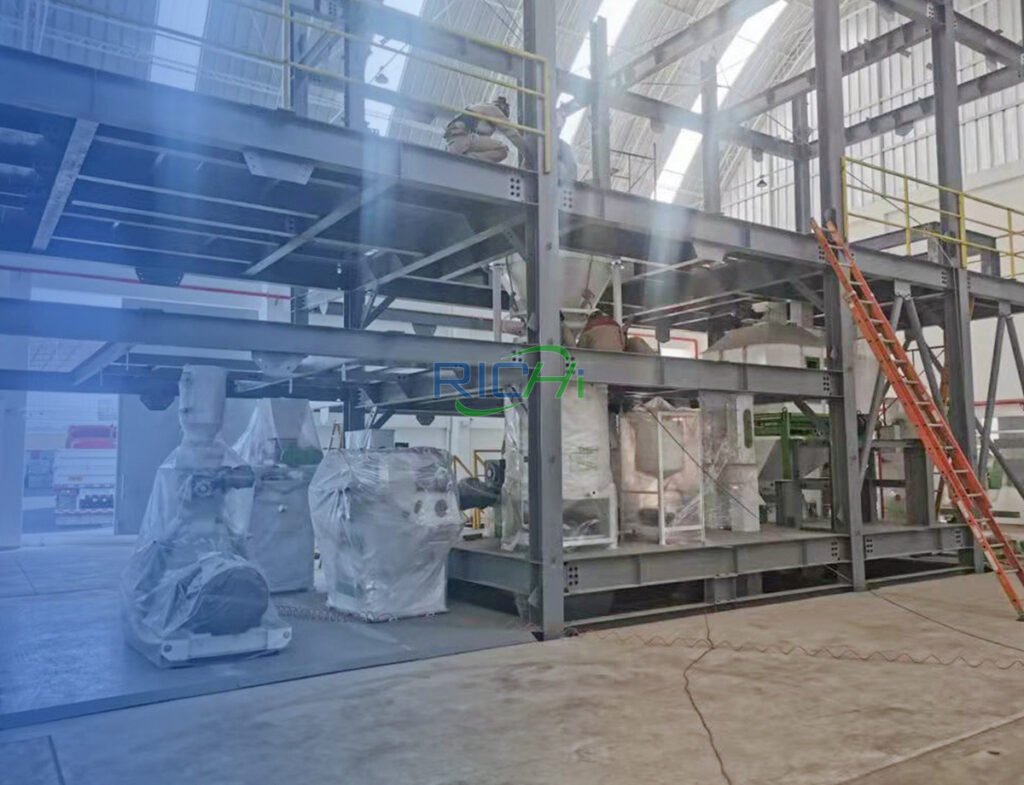
4. Cooling and Screening System
- Pellet Cooler: Reduces the temperature of the hot pellets to ambient levels. A SKLN1.5*6 counter-flow cooler is commonly used.
- Vibrating Screen: Separates the cooled pellets by size, removing fines and oversized pellets. A ZSF1230 vibrating screen is suitable for this capacity.
5. Packing and Storage System
- Packing Machine: Bags the screened pellets into appropriate packaging, such as 25 kg bags. A DSC-50 packing machine is commonly used.
- Weighing System: Ensures accurate weight of each bag to meet customer specifications and regulations.
- Storage Bins: Stores raw materials and finished feed in bulk. Bins with capacities ranging from 5-20 m³ are typical for a 3-4 T/H plant.
6. Control and Automation System
- PLC Control Center: Manages and monitors the entire production process, allowing operators to control and adjust parameters as needed.
- Sensors and Monitors: Track critical parameters such as temperature, moisture, and flow rates to ensure optimal performance.
- Data Logging: Records production data for quality control, troubleshooting, and continuous improvement.
7. Auxiliary Systems
- Dust Collection System: Removes airborne dust particles to maintain a clean and safe working environment.
- Boiler and Steam System: Provides steam for conditioning the feed mixture and maintaining optimal temperatures throughout the process.
- Compressed Air System: Supplies compressed air for pneumatic controls and equipment operation.
- Electrical System: Provides power to all components of the machine and incorporates safety features such as emergency stops and overload protection.
The specific configuration and selection of animal feed making machine may vary depending on factors such as the type of animal feed being produced, raw material characteristics, and the desired level of automation. Manufacturers often offer customization options to meet the unique requirements of each customer.By understanding the key equipment and their functions, feed mill operators can make informed decisions when selecting and configuring their animal feed manufacturing machine. With the right equipment and proper maintenance, a 3-4 T/H machine can be a valuable asset in meeting the growing demand for animal feed while maintaining profitability and sustainability in the agricultural sector.
